Last Updated
Authorities in Los Cabos are once again warning tourists of the presence of jellyfish and sea urchins in Cabo waters.
Some of the more popular Cabo beaches could potentially see white flags waving in the coming days.
Local lifeguards in places like El Medano Beach and the tourism corridor beach area have been tasked with keeping a closer eye out for these creatures.
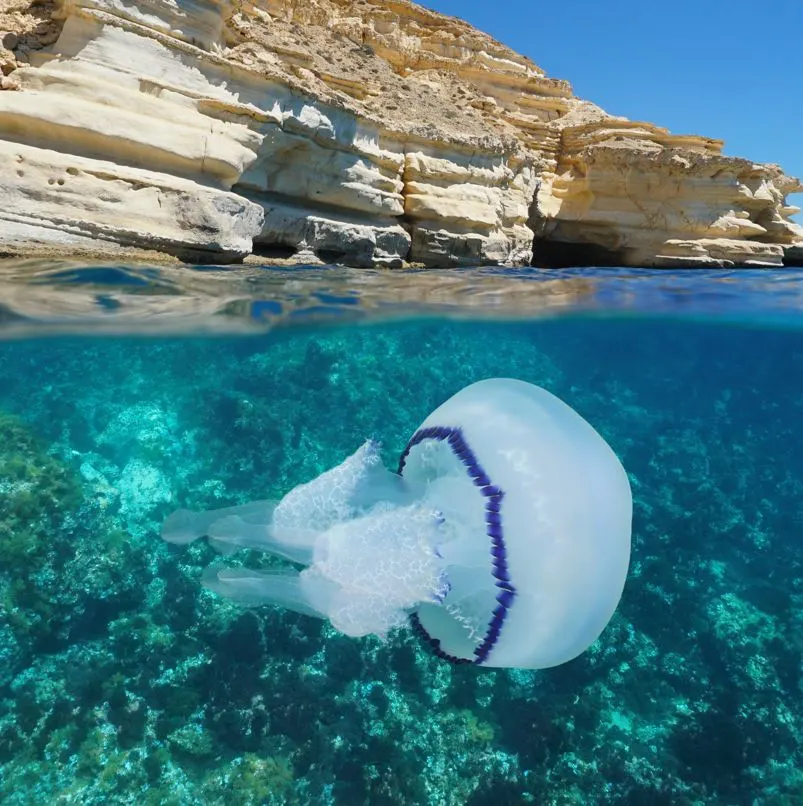
The first thing that tourists can do to ensure that they can stay safe while on the beach is to look out for a white flag waving at the beach.
These white flags are set in place precisely to indicate that jellyfish and other potentially hazardous wildlife have been spotted close to the shore.
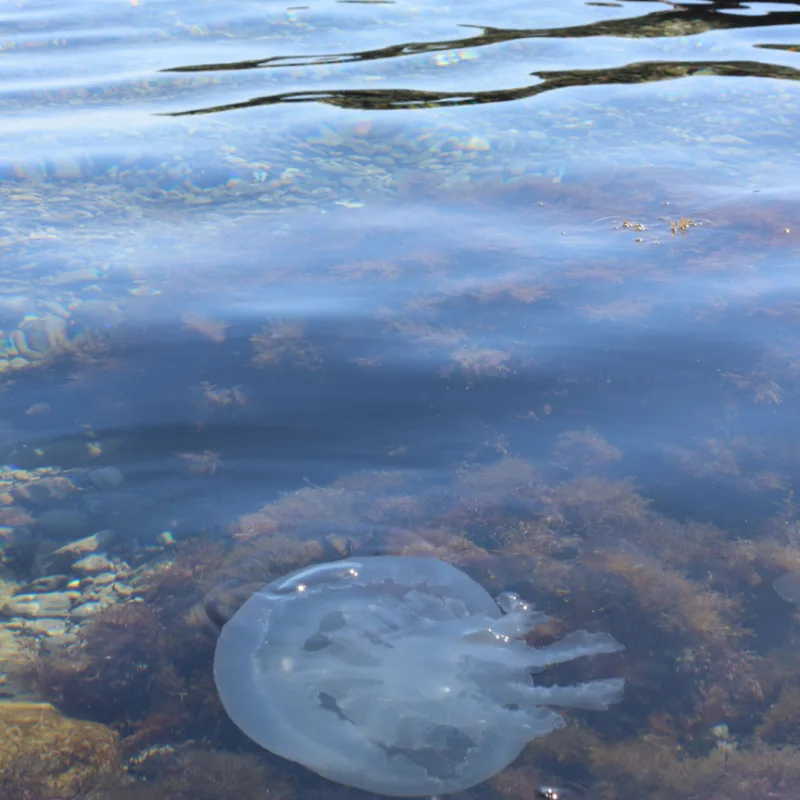
When these warnings are emitted by local authorities, it always seems like it’s Cabo’s most popular beaches where jellyfish love to congregate.
The reality is that jellyfish are likely present in most Cabo beaches when they are spotted in places like El Medano.
It’s just that most of the incidents of people being stung naturally occur in the beaches that get the most visitors.
Top 5 Travel Insurance Plans For 2023 Starting At $10 Per Week
Easily Earn Points For Free Travel
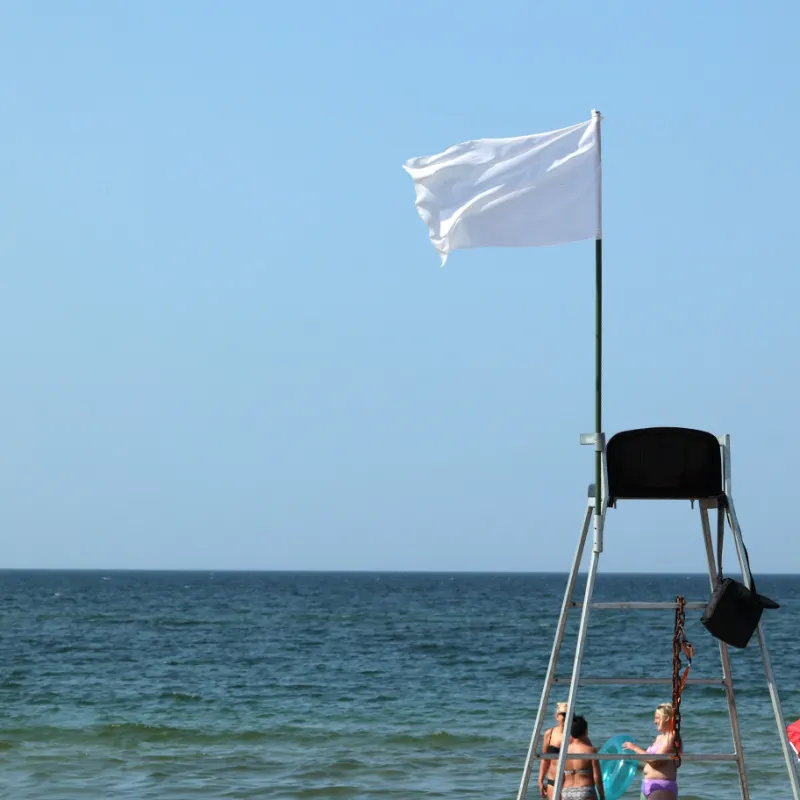
What Can Swimmers Do To Avoid Being Stung Apart From Looking Out For White Flags?
Jellyfish end up on Cabo shores particularly after storms or heavy winds. The waves and currents that rough weather creates are what push the jellyfish toward the shore.
That’s why over the summer when Cabo gets heavier rainfall it may be a good idea to be extra careful when heading to the ocean.
Even if rain didn’t hit Cabo directly there’s a chance that meteorological incidents that took place at sea could end up pushing jellyfish toward the shore.
If you want to be extra careful, you may want to check weather updates in different spots around Cabo and even out to see before you head to the beach.
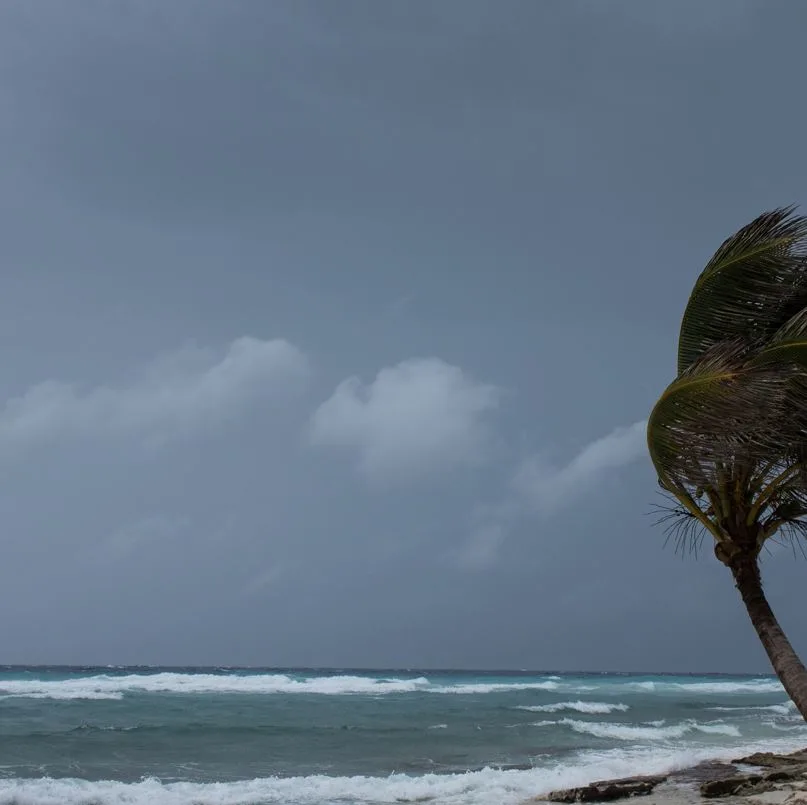
You may do well to keep in mind that many of the warnings emitted by authorities take place after someone has already been stung by a jellyfish on the beach or had an encounter with a sea urchin.
When the sea has been choppy for a couple of days, especially if large waves have been hitting the beach, know that jellyfish could emerge when calm waters seemingly return.
As previously stated most of the white flags go up when lifeguards spot jellyfish or someone actually gets stung. No traveler is going to want to be the reason why the white flags come up.
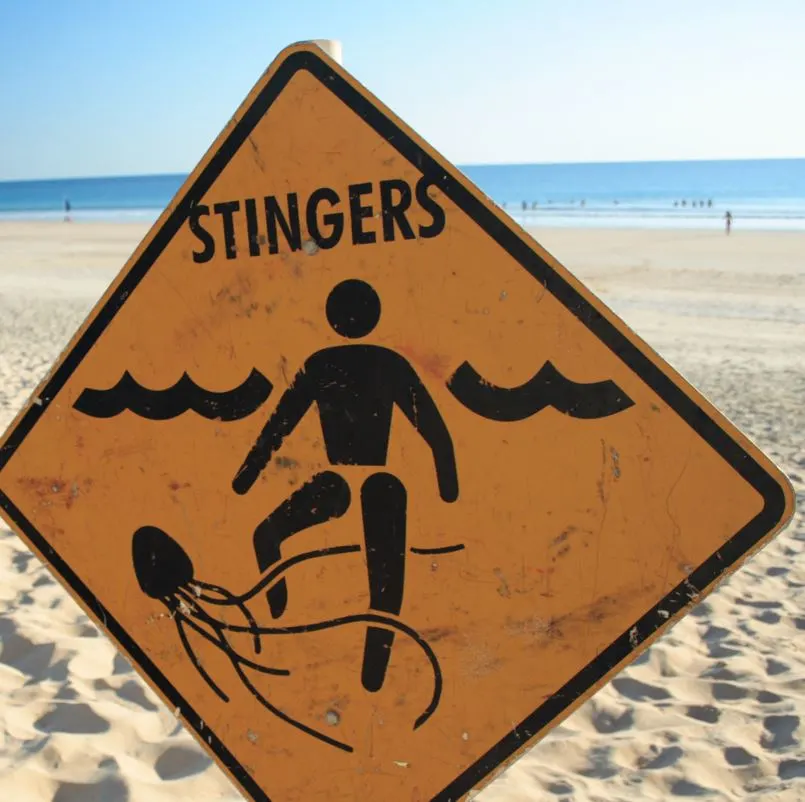
What To Do Once You’re Stung
If you’re unfortunately stung by a jellyfish, you’re going to want to keep the area covered by warm water at first. Moving from the ocean out to a beach shower spot or even a pool could be a good idea.
You want to avoid rubbing or scratching yourself as much as you can. The friction that is generated by rubbing anything up against the wound can cause it to hurt even more.
Lifeguards on duty typically have medication on hand to help people deal with this type of injury.
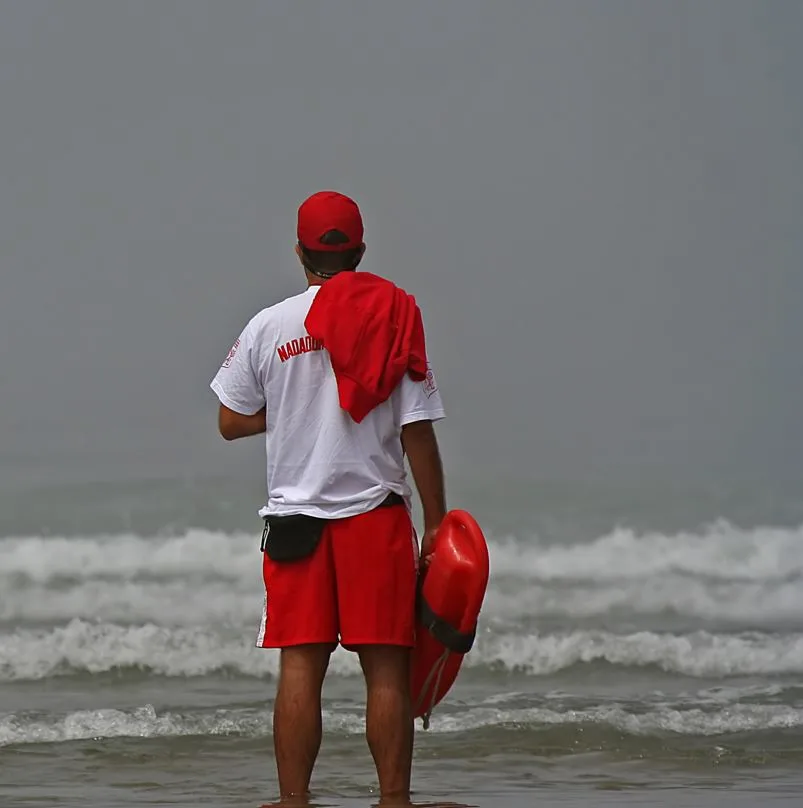
Usually, that medication is some type of cream containing hydrocortisone. Hydrocortisone helps calm down your body’s natural response to the bite.
That can help ease some of the initial pain. Dealing with a sting is a full process. Even though you may be anxious to apply as much cream as you can to the area to reduce the pain, remember that rubbing the area and therefore causing friction is counterproductive.
You may want to remain in warm water for at least a bit before you apply the medication.

Most jellyfish stings and encounters with sea urchins can be treated at home or at your hotel in these situations.
If you experience difficulty breathing, nausea, muscle cramps or feel overly disoriented, you’re going to want to seek expert medical attention.
9-1-1 or 0-6-0 are the two emergency numbers that you can dial in Los Cabos to call for an ambulance or immediate medical attention.
Plan Your Next Cabo Vacation:
Traveler Alert: Don’t Forget Travel Insurance For Your Next Trip!
Choose From Thousands of Cabo Hotels, Resorts and Hostels with Free Cancellation On Most Properties
↓ Join The Community ↓
The Cabo Sun Community FB group has all the latest travel news, conversations and current events happening in Los Cabos

Subscribe to our Latest Posts
Enter your email address to subscribe to The Cancun Sun’s latest breaking news affecting travelers, straight to your inbox.
